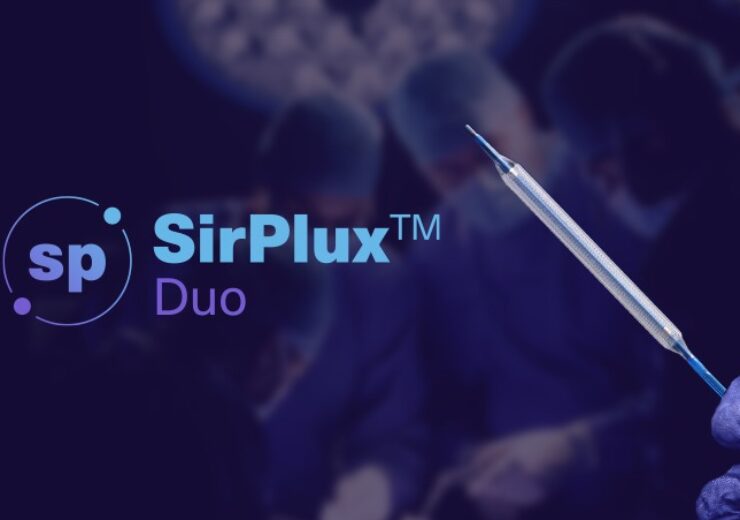Previously, SirPlux Duo DCB was granted breakthrough device designations from the regulator for coronary in-stent restenosis and peripheral below-the-knee lesions

SirPlux Duo DCB device. (Credit: Advanced NanoTherapies, Inc.)
Advanced NanoTherapies announced that its SirPlux Duo Drug-Coated Balloon (DCB) has received a breakthrough device designation from the US Food and Drug Administration (FDA) for small vessel coronary artery disease.
The breakthrough device designation from the FDA for SirPlux Duo DCB follows two similar designations granted by the regulator for the device in coronary in-stent restenosis (ISR) and peripheral below-the-knee (BTK) lesions.
According to the firm, the latest breakthrough device designation strengthens an unmet need in treating coronary artery disease in vessels less than 3mm.
Advanced NanoTherapies said that the therapeutic approach with DCBs for de novo lesions has advantages such as less risk of acute thrombosis, favourable vascular remodelling, and shorter dual antiplatelet treatment.
The SirPlux Duo DCB is said to combine the beneficial effects of Sirolimus and Paclitaxel to produce a front-line treatment to offer stent-like patency and restenosis prevention with no implant left.
Advanced NanoTherapies founder and CEO Marwan Berrada-Sounni said: “Our third breakthrough designation emphasises the urgent need for new coronary and peripheral therapies with a leave nothing behind approach.
“We appreciate the collaborative approach the FDA has taken to reviewing our technology and the novelty of combining two synergistic drugs.
“Over the coming months, we will build on this positive momentum as we generate first-in-human clinical data using the SirPlux Duo DCB.”
Advanced NanoTherapies claimed that its proprietary nanoparticle drug-encapsulation and delivery technology offer sustained bioavailability of the two synergistic medications in tissue for long-term results.
The potency of SirPlux Duo DCB is greater than that of any other DCB or drug-eluting stent because it offers a low-dose, long-term release of Sirolimus and Paclitaxel to block cell development, said the US-based medical device company.
